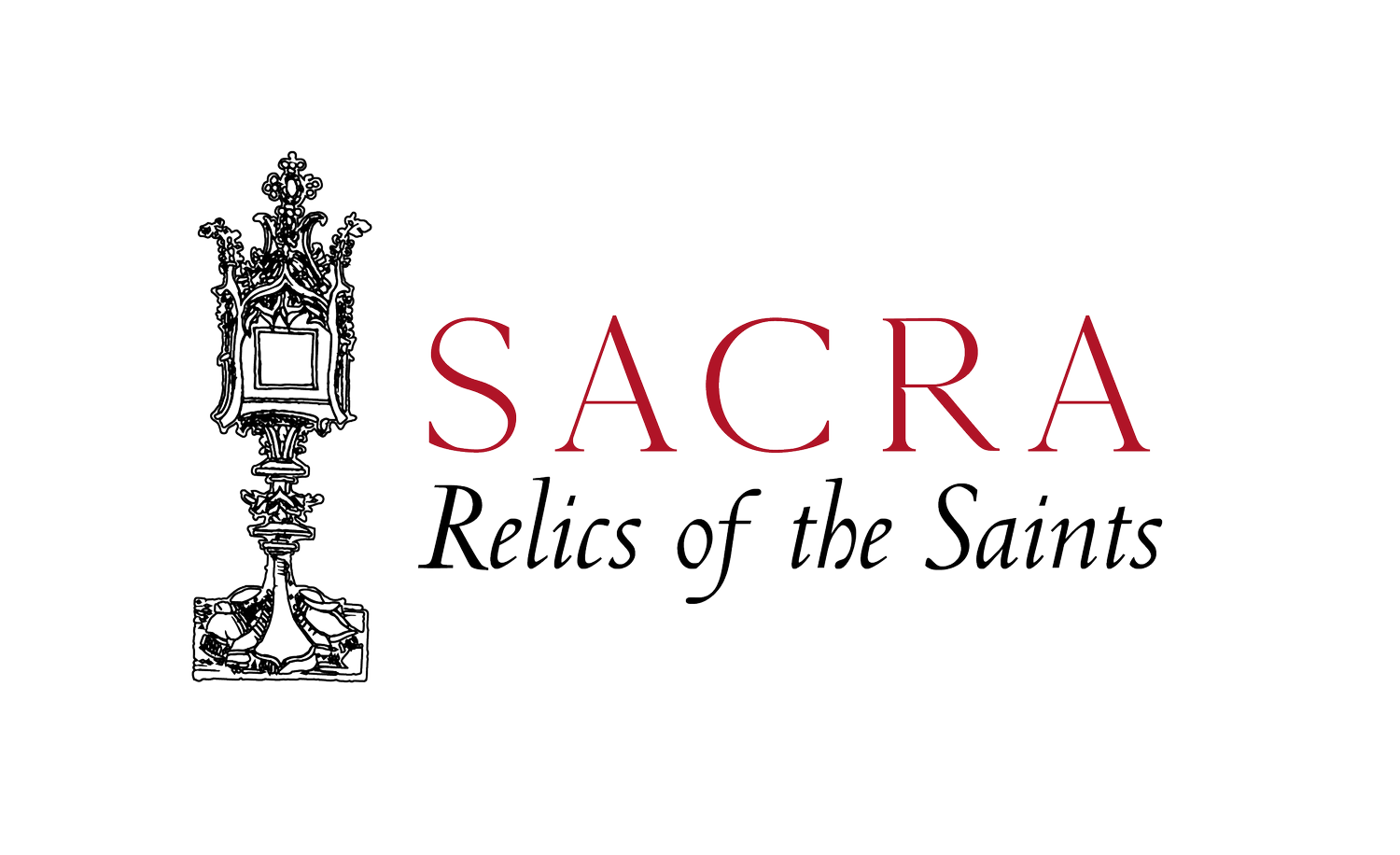Holy Heraldry
While tracing the provenance of a relic, one potential source of information is the relic’s seal. A wax seal is placed on the back of a relic’s case, so that the relic cannot be removed without breaking the seal. The ecclesiastical body or authority preparing the relic seals the relic in its reliquary and attests to its authenticity. When we try to learn more about a relic’s history, it can be helpful to identify the source of its seal.
Prelates (higher clergy) of the Church, as well as religious institutions have heraldic achievements or seals that identify them and give their approval to documents, buildings, and works of art. A relic’s origin often can be traced by identifying who placed their seal on it, and this forms one of the points in our investigation of authenticity. If the authorising prelate or institution had access to the relic in question, then it could be possible to trace the relic’s source.
A cardinal’s full heraldic achievement or ‘coat of arms’ painted on parchment
The seal of a relic is made in wax, which will break if the relic is tampered with. This, paired with the age of the wax and the small size of the seal (often as small as a dime), can often make tracing the identity behind the seal a trying and intensive task. If the relic’s original accompanying certificate is still extant, the heraldry will almost always match, so a larger, printed version of the arms can be viewed. If not, we search through heraldic records from past centuries, narrowing our results based on what can be reliably known about the relic.
Another cardinal’s achievement, impressed on wax
We can see that the arms are much easier to distinguish in print, those of Costantino Cardinal Patrizi Naro, sometime Dean of the College of Cardinals, who prepared the relic pictured above.
The same arms, engraved
Seals can also belong to religious institutes or congregations, who care for the relics of their saints and holy founders.
The wax seal of a religious congregation
As with the cardinal’s arms, the aged wax representation of this seal leaves many details scarcely visible, but a print version makes things much clearer, the seal of the Vincentians.
The subject of ecclesiastical heraldry could not really be treated in full with justice here, but we hope to cover some useful elements in future articles, highlighting items of particular utility in identifying relics.
✠






